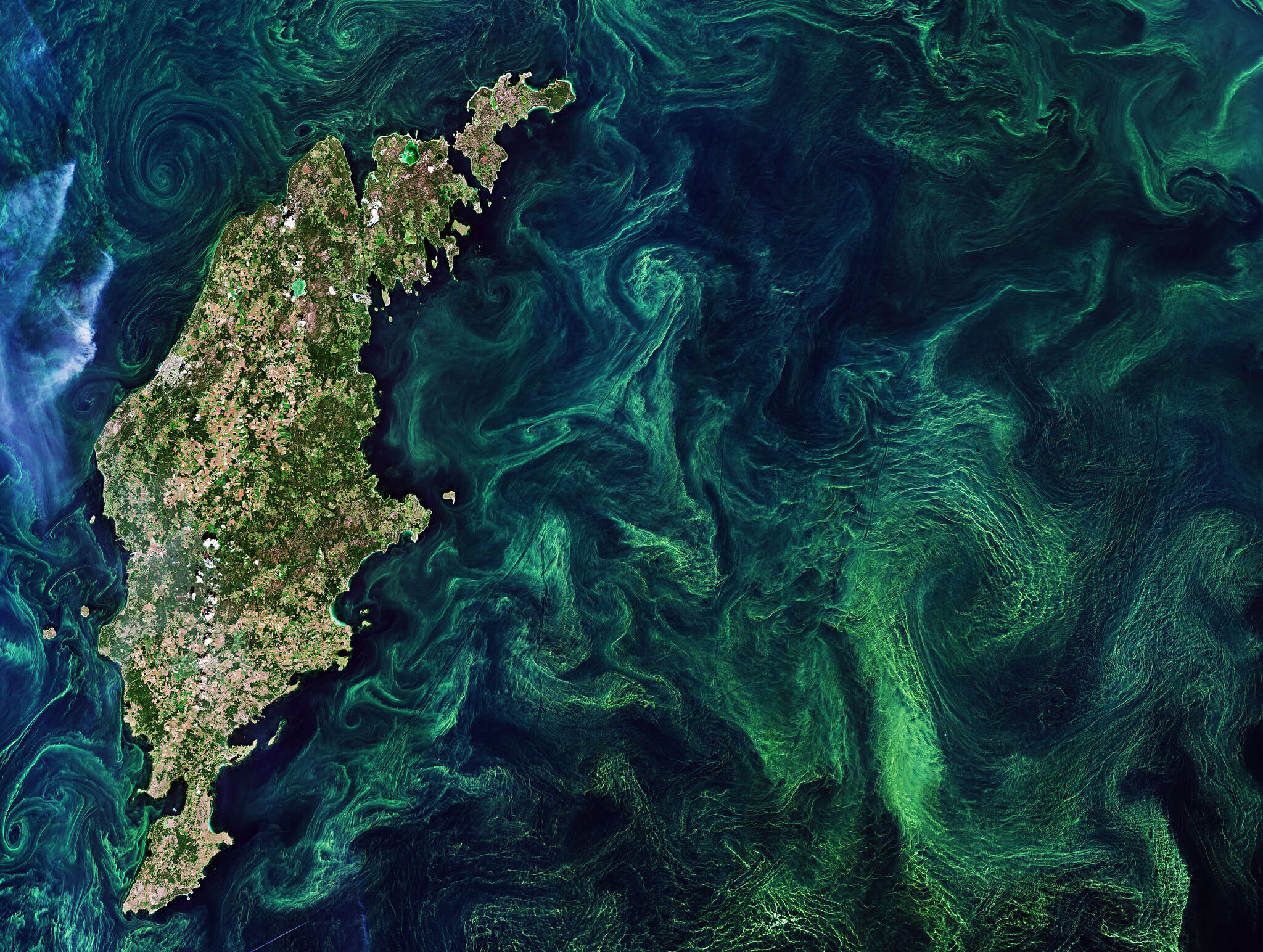

Scientists have revived prehistoric algae that lay dormant for nearly 7,000 years at the bottom of the Baltic Sea, offering new insight into how microscopic life can survive extreme conditions for millennia.
Researchers from the Leibniz Institute for Baltic Sea Research, in collaboration with the Universities of Rostock and Constance, made the discovery. The study, published in The ISME Journal, is part of the broader PHYTOARK project, which investigates the sea’s ecological past to better predict its future.
In 2021, the team retrieved sediment cores from a depth of 240 meters in the Eastern Gotland Deep using the research vessel Elisabeth Mann Borgese. These cores, layered like a timeline, span roughly 7,000 years of climate and ecological change.
Under controlled lab conditions, scientists successfully reactivated algae from nine different sediment layers. The only species to awaken in all samples was Skeletonema marinoi, a common spring-blooming phytoplankton in the Baltic Sea. The oldest revived sample dated back approximately 6,900 years.
“It is remarkable that the resurrected algae have not only survived ‘just so,’ but apparently have not lost any of their ‘fitness,’ i. e. their biological performance ability,” said lead researcher Sarah Bolius. “They grow, divide and photosynthesize like their modern descendants.”
Tests showed the ancient algae’s growth rate averaged 0.31 cell divisions per day, matching that of current S. marinoi populations. Photosynthesis was also intact, with oxygen production reaching levels comparable to present-day strains.

Researchers used a technique called microsatellite analysis to examine the algae’s genetic material. They found clear genetic differences between algae from different periods. This ruled out contamination and confirmed that S. marinoi has undergone significant genetic changes over thousands of years.
“These are also values that are comparable to those of current representatives of this species,” Bolius said.
The team also analyzed other sediment elements, known as proxies, to learn more about the sea’s past conditions – such as temperature, salinity, and oxygen levels. These findings help place the algae’s evolution in context.
The approach, known as resurrection ecology, is gaining attention for its ability to bring ancient life back into today’s lab environment. Researchers say it offers a powerful way to understand how organisms respond to long-term environmental change.
“This means that it is now possible to conduct ‘time-jump experiments’ into various stages of Baltic Sea development in the lab,” Bolius said.
According to the team, the revived S. marinoi cells are among the oldest living organisms ever successfully brought back from a dormant state. No older recoveries have been reported from aquatic sediments to date.
Further studies will expose these ancient strains to different conditions to explore what triggered their genetic changes – and what that means for the future of marine ecosystems.
